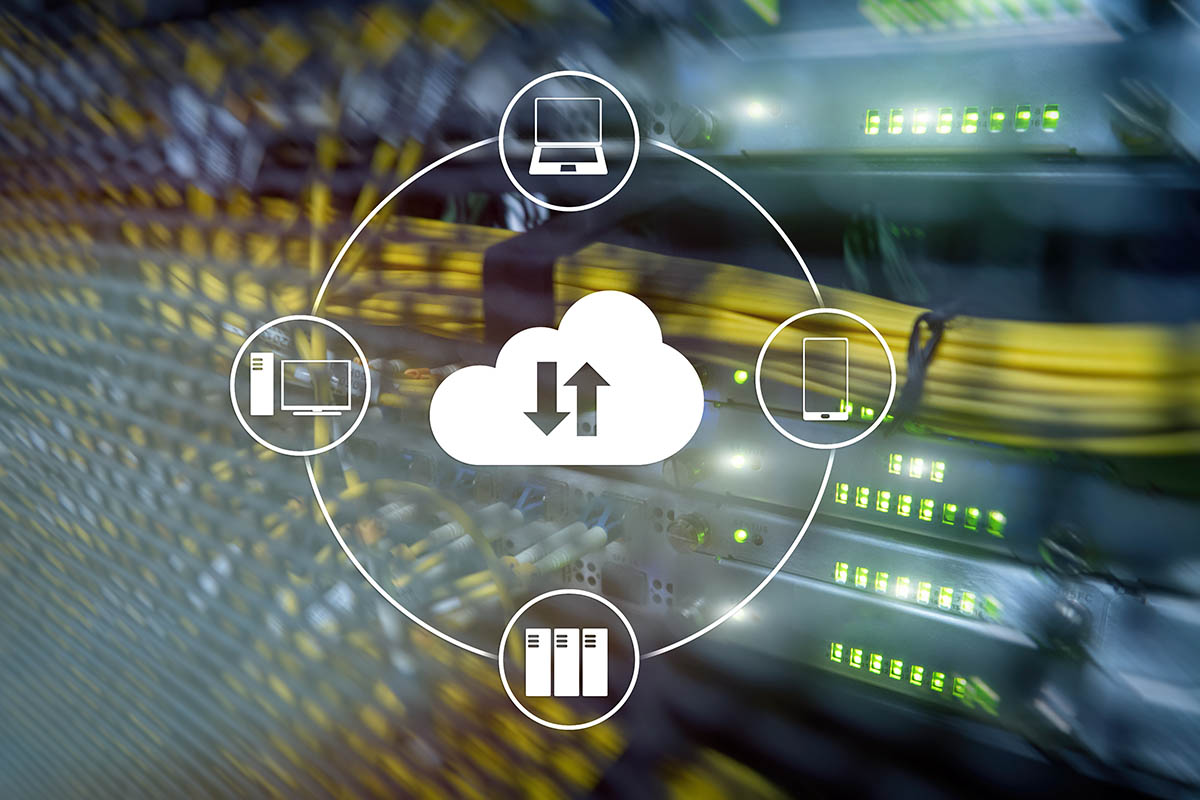How Much Data Do Americans Consume Over Home Internet?
Affordable and reliable residential home Internet access is the norm now in most American households. It would not be an exaggeration to say that internet access is as necessary as other basic utilities like running water, electricity, or heat. It is virtually impossible to function in modern-day society, workplaces, or even residences without internet service access.
Thanks to the rapid growth and popularity of services like Spectrum Internet plans, internet penetration in the United States stands highest ever. The COVID-19 pandemic has only increased our dependence on residential internet services manifold. This blog explores the changes in internet consumption in an average American household in 2020. Read on for more.
Higher Residential Internet Usage – An Overview
Before we dive into the reasons behind increasing internet service demand changing residential internet patterns, perhaps a comparison is needed. The points below offer a crystallized view of residential internet consumption over the past few years until today:
- In 2018, American households used 7 GB of data on average;
- In April 2020, American residential data consumption increased 5 times compared to April 2015;
- Compared to 2010, American residential internet consumption has increased by 38;
- By 2023, the average American internet consumer will likely exceed their data limits for the month and pay frequent overage costs.
These four stats hint at a deep-rooted transformation in residential internet behavior. While data consumption patterns change over time, the massive and rapid changes that COVID-19 has brought have greatly accelerated changing consumption patterns.
Many people are concerned with whether internet service providers in the United States have the necessary infrastructural capacity to handle the manifold increase in user traffic. The following sections deal with some of the key reasons that are acting as catalysts for this change.
Everyday Residential Internet Usage Has Increased
It is no secret that our dependence on the home internet has continued to increase over the past decade. Early internet usage at the turn of the century was typically limited to basic social websites, web surfing, and possibly streaming a low-quality video from the early days of YouTube. Compare that usage to yours today. You still access social media websites, but they are far more complex. They have exciting new features and functions, all of which contribute to increased screen time and, by association, increased internet consumption.
Even browsing the web for a product uses more data than it used to. Thanks to high-resolution images, videos, and high-quality graphics, websites have become more interactive and offer a richer customer experience, especially in e-commerce. But as an added outcome, all these improvements mean that browsing these websites uses more data than less-complex older versions.
Video streaming is bigger now than ever before, and YouTube is not the only source anymore. Platforms like Netflix, Amazon Prime Video, and Hulu have forever changed our approach to entertainment content. With an increasing userbase for over-the-top entertainment delivered directly to the consumer’s devices, people are considering giving up conventional cable or satellite TV in favor of an internet-only lifestyle. The increase in the frequent streaming of HD or 4K videos, such as TV shows or movies, will further add to residential data consumption. As internet service models and infrastructures have improved, our internet consumption has naturally increased.
Remote Working Adds to Internet Consumption
When the virus first hit the United States, there was a lot of confusion and uncertainty about it. This is to be expected since the COVID-19 virus is an entirely new phenomenon. It forced entire industries to shut down until possible solutions could be figured out. Most businesses adopted a sensible crisis response approach by shifting workforces online instead of completely halting operations (and revenue generation). Since internet penetration is at its highest point ever, this was a reasonably successful effort to keep commercial activity running. After all, most workers are likely to have a residential internet connection already.
The problem is, modern-day workforces do a lot more than create spreadsheets or answer the phone. Today, businesses use a mix of cloud-hosted systems, remote access to company servers, and collaborative tools to maximize productivity. When working remotely from home, workers still need to access these systems in addition to remote communication software like Skype, Zoom, Teams, or others. That’s not to mention the need to download and upload large files necessary for work frequently. Residential internet access helps make these possible to a large degree, but these additional activities add on top of your existing data consumption.
Home Internet: Distance Learning Increases Household Data Usage
Of course, it’s not just commercial activity relying on people’s ability to carry on remotely. Business shutdowns were accompanied by school and university closures all over the country. Students had to return to their homes while the government sought to find a handle on the situation. With the virus showing no signs of relenting, soon, schools and universities had to opt for distance learning.
Most distance learning consists of attending online lectures, giving virtual exams, accessing archived notes, completing assignments, and academic research. Each of these activities will obviously contribute to increasing your overall household data use. If you have more than one student in your household, the consumption will increase accordingly.
All of this information points to one unarguable fact. We need the internet today more than we needed it 10 years ago. In another 10 years, we may need it exponentially more. That means we need to trust in the dependability and reliability of residential internet to meet changing needs. Of course, you should still keep the Spectrum cable phone number on hand. You never know when you might need technical support, and you don’t want to delay that important conference call or that crucial term paper.



















